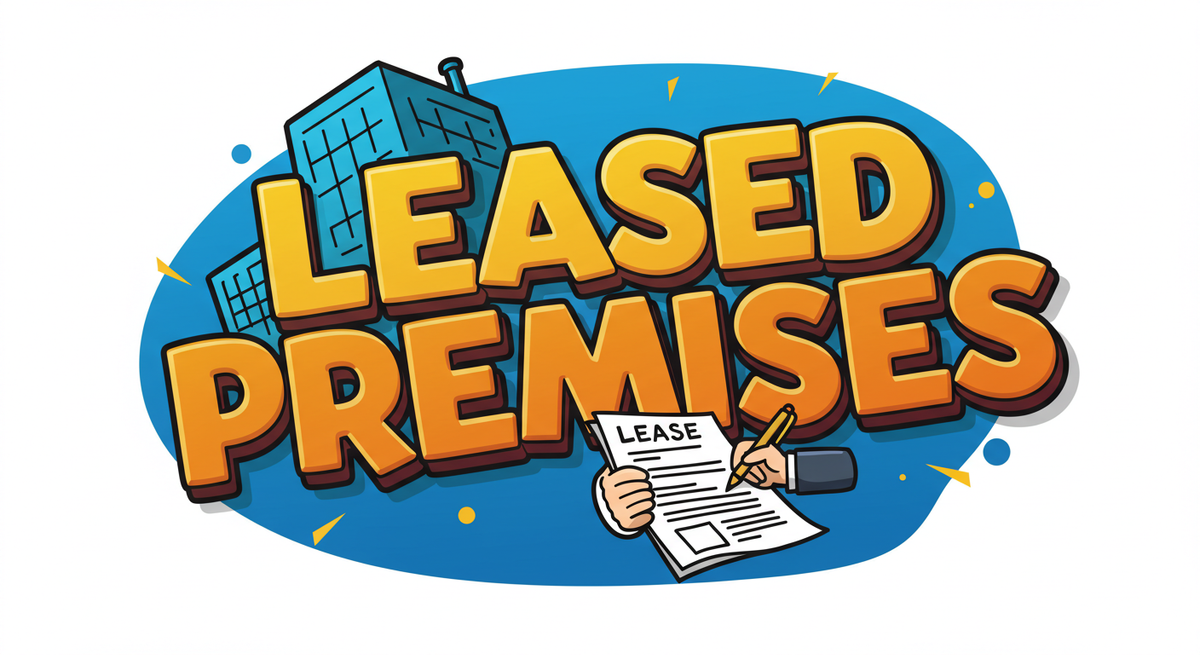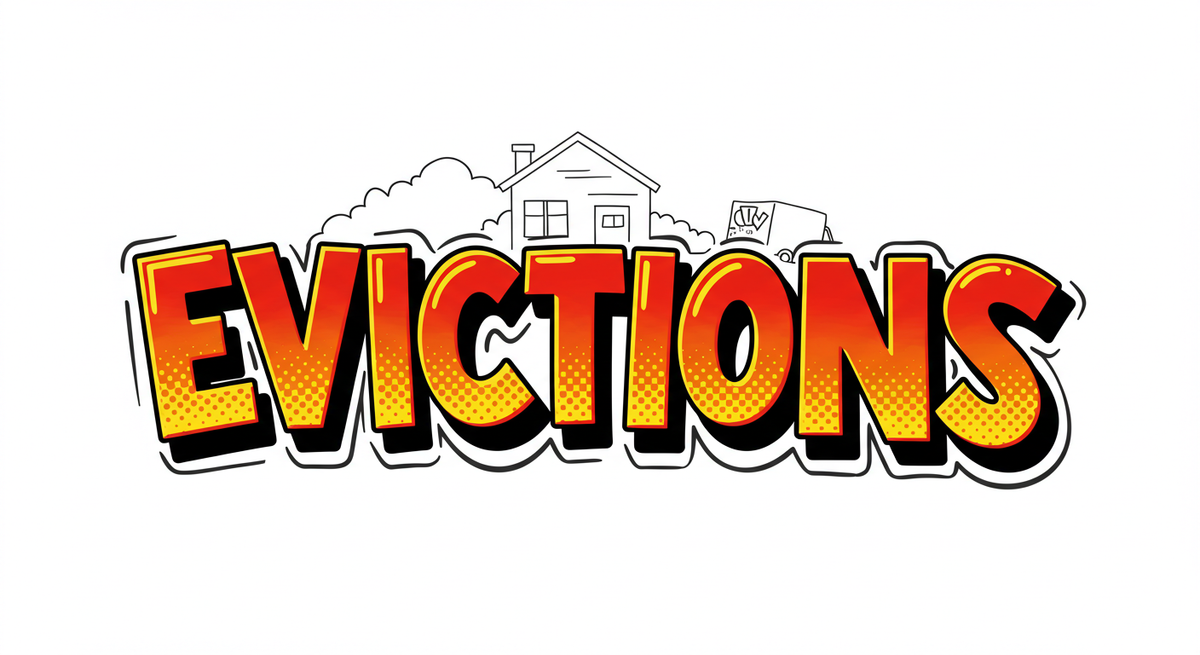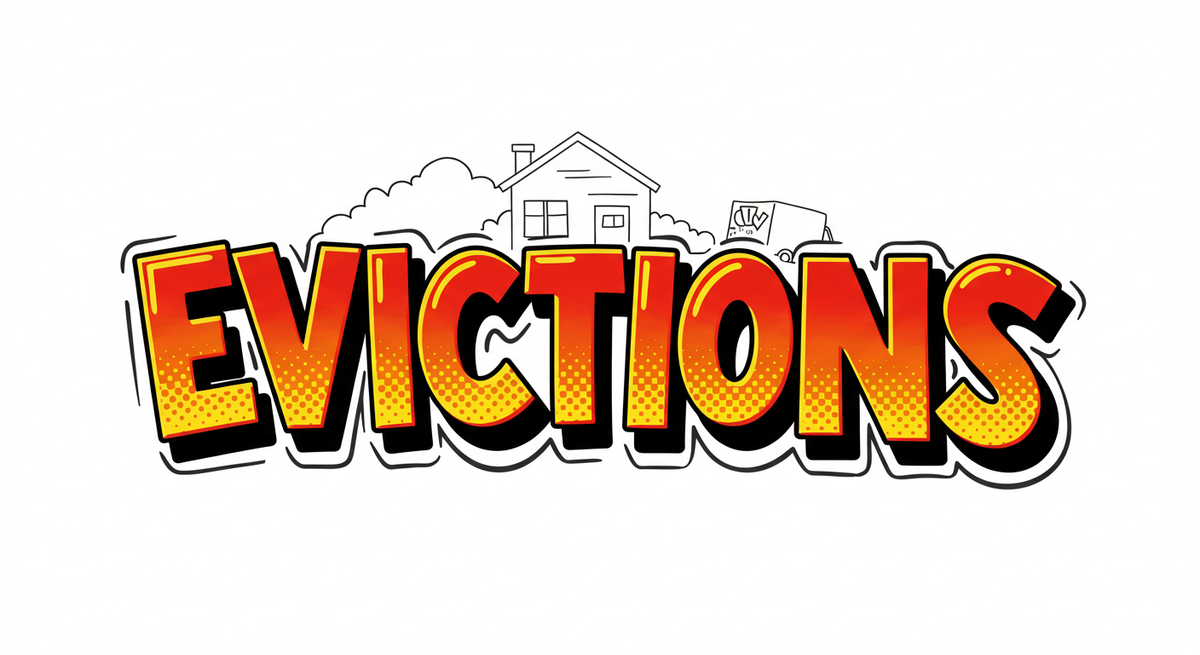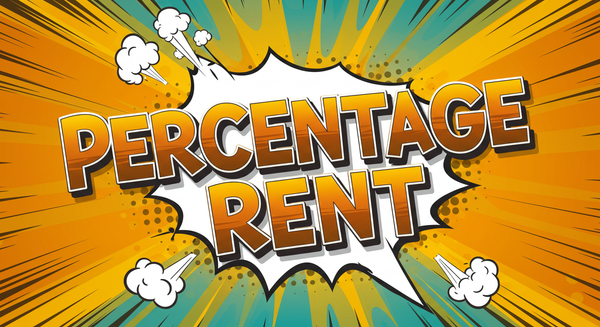Leased Premises in Property Management: A Complete Guide for Landlords
Leased premises refer to the specific physical area a tenant rents from a landlord, as outlined in a lease agreement

When managing real estate rentals, understanding the term leased premises is foundational. In simple terms, leased premises refer to the specific physical area a tenant rents from a landlord, as outlined in a lease agreement.
This includes the interior of an office space (as defined by Minnesota lease agreements), dwelling unit, or commercial space, and sometimes extends to shared areas and additional leased premises like parking lots or storage.
This concept matters because nearly every element of a rental agreement ties back to what space is being leased. From calculating monthly rent and handling needed repairs, to resolving disputes about abandoned property, the details of the leased premises define responsibilities of both parties (the lessee, and the lessor). Whether you're managing a residential lease or a commercial lease, having clarity around the leased property is the first step.
In this article, we break it all down:
- What leased premises means in property management
- How it affects day-to-day business operations
- Legal considerations and pitfalls
- Best practices to avoid eviction headaches
What Is Leased Premises?
Leased premises refer to the specific area within a rented property that a tenant occupies under a legally binding lease agreement. It defines the physical boundaries of use and the legal scope of tenant rights.
In commercial settings, the leased premises often include the square footage occupied by the commercial tenant, while in residential, it can range from an entire dwelling unit to a single bedroom with shared facilities. This term may also appear as "rented premises," "leased property," or simply "premises" in documentation.
The legal foundation of leased premises includes two relationships:
- Privity of estate: the right to possession of the space, as outlined by the California Department of Real Estate
- Privity of contract: the mutual responsibilities agreed upon in the lease
Government and institutional leases, such as those governed by HUD requirements for leased premises, often require detailed definitions of the space, including floor plans, utility obligations, and exhibit A attachments that specify boundaries and contents.
To explore further, visit our guide on property management lease terms.
Utility Responsibility Breakdown
Typical Multifamily Lease | Texas Region
| Utility | Responsibility | Notes |
|---|---|---|
| Electric | Tenant | Individually metered; billed directly by provider |
| Water | Landlord | Included in rent; not individually metered |
| Gas | Tenant | Used for heating & cooking; billed monthly |
| Trash | Landlord | Flat rate; service shared by entire building |
| Internet | Tenant | Tenant must arrange own provider |

Impact & Applications
Operational Impact
Your approach to defining and managing leased premises can make or break your property management success.
Miss this detail and you could face costly repairs, legal claims, or unpaid rent disputes.
Accurate square footage is essential for calculating monthly rent, especially in commercial property where the permitted use under HUD guidelines affects leasing rates. When it comes to maintenance obligations, vague lease provisions around what areas the landlord or tenant is responsible for can lead to legal conflict and accusations of landlords failure to maintain the property.
HUD's utility disclosure rules clearly define which utilities the housing authority must cover versus those paid by the tenant. This clarity is especially crucial in government-subsidized housing, where miscommunication often leads to compliance violations.
In shared commercial environments, tenants commonly dispute CAM charges. Our article on managing shared spaces provides insight on how properly documenting shared areas can reduce conflict.
A warning from the GSA Lease Management Guide notes that operating without a clearly defined leased premises can result in fines of up to $1,000 per day.
Example: Office Space Dispute Resolved Through Proper Documentation
- Challenge: A commercial landlord rented an office space to a commercial tenant. The lease lacked clarity on what was included in the leased premises.
- Solution: A revised lease included a detailed exhibit A, square footage specs, and documentation of provided amenities like HVAC systems and lighting.
- Outcome: Both parties avoided a legal dispute, rent payment was adjusted, and a long-term renewal was secured.
- Takeaway: Clear documentation avoids costly misunderstandings.

Legal & Compliance Essentials
Missteps in defining or managing leased premises can have serious legal consequences. Here are key compliance areas:
A written lease, as required by California’s Statute of Frauds, is mandatory for any term exceeding one year. In federally subsidized housing, leases must outline whether utilities are paid by the landlord or tenant, according to the HUD lease addendum requirements.
Landlords overseeing subleased premises must obtain written consent, and when tenants leave abandoned property behind, the legal process for disposal varies by state.
🔹 Don't skip legal review of lease agreements.
🔹 Do define all spaces clearly, especially additional leased premises.
🔹 Don't allow ambiguous terms for security deposit return responsibilities.
🔹 Do review and follow 24 CFR 966.4 utility and maintenance standards

Best Practices for Managing Leased Premises
1. Include a Visual, Signed Exhibit A
Attach a floor plan and inventory list to every rental agreement. This strategy, as outlined in the Foreign Affairs Manual's lease requirements, helps prevent boundary disputes.
2. Align Premises Description with Rent Structure
Matching the square footage definitions—usable vs. rentable—ensures fair pricing. This is especially important in commercial settings, as shown in the Minnesota lease standard.
3. Track Utility Allocations in Writing
Clearly documenting what utilities the tenant pays versus what’s included can reduce surprises and unpaid charges. See HUD’s example of utility allocation forms.
4. Use Technology to Monitor Use and Condition
Use digital tools to track inspections and flag maintenance needs. These practices are part of the GSA’s high-performance leasing criteria, which recommend regular reporting and shared savings agreements. For more tools, explore our property management technology guide.
Key Questions Answered
Q: What's the difference between leased premises and leased property?
A: Leased premises refer to the defined area within the rental space, while leased property includes all physical land and structures associated with the lease. Both should be clearly outlined in the rental agreement.
Q: How is leased premises calculated or implemented?
A: This is typically based on usable square feet. The Foreign Affairs Manual recommends attaching labeled diagrams and inventories to ensure precise calculation and agreement.
Q: Can leased premises change during the lease period?
A: Yes, but any changes require written consent from both parties. If you're dealing with HUD properties, note that lease change requests also require prior HUD approval.
Q: What does “premises” legally mean in a lease agreement?
A: In rental law, “premises” usually means the tenant’s rental unit plus any shared spaces they’re allowed to use (like parking areas or common grounds).
Q: Is “premises” just the apartment itself?
A: Not necessarily. Legally, it can also include storage areas, patios, hallways, and facilities mentioned in the lease — anything the tenant has rights to use.
Q: How does “premises” differ in property law vs. rental law?
A: In property law, “premises” refers to land and its structures. In rental law, it refers more specifically to what’s rented and accessible under the lease, including buildings and appurtenances.
Q: What’s an “appurtenance” in this context?
A: An appurtenance is something attached to or associated with the property, like a garage, mailbox, or outdoor shed, that comes with the rental.
Q: Why does the legal definition of premises vary?
A: It’s a context-driven term. Courts and contracts define it based on the situation — whether it’s in a deed, lease, liability case, or zoning code.
Q: Does the definition of premises affect tenant rights?
A: Absolutely. It determines what’s covered for maintenance, liability, access, and what’s protected under tenant rights and responsibilities.
Q: How is “premises” used in legal documents?
A: In leases, it defines what’s being rented. In deeds, it describes the land conveyed. In court pleadings, it can even mean “everything mentioned above.”
Q: Who decides what the “premises” includes?
A: The lease or legal document does. If it’s not clearly stated, courts interpret it based on common usage, property layout, and tenant control.
Conclusion & Resources
Leased premises management is the backbone of effective property oversight.
Key takeaways:
- Define premises clearly to avoid disputes and financial loss
- Comply with legal standards to protect all parties
- Document everything to maintain professional, enforceable leases
Explore more with these tools:
Ready to optimize your property management? Explore our complete resource library.
Legal Disclaimer: The information on this website is sourced from publicly available materials and is provided for general informational purposes only. It is not intended as legal, financial, or accounting advice. LandlordDoc.com makes no guarantees about the accuracy or completeness of the information and assumes no liability for any errors, omissions, or outcomes related to its use.








